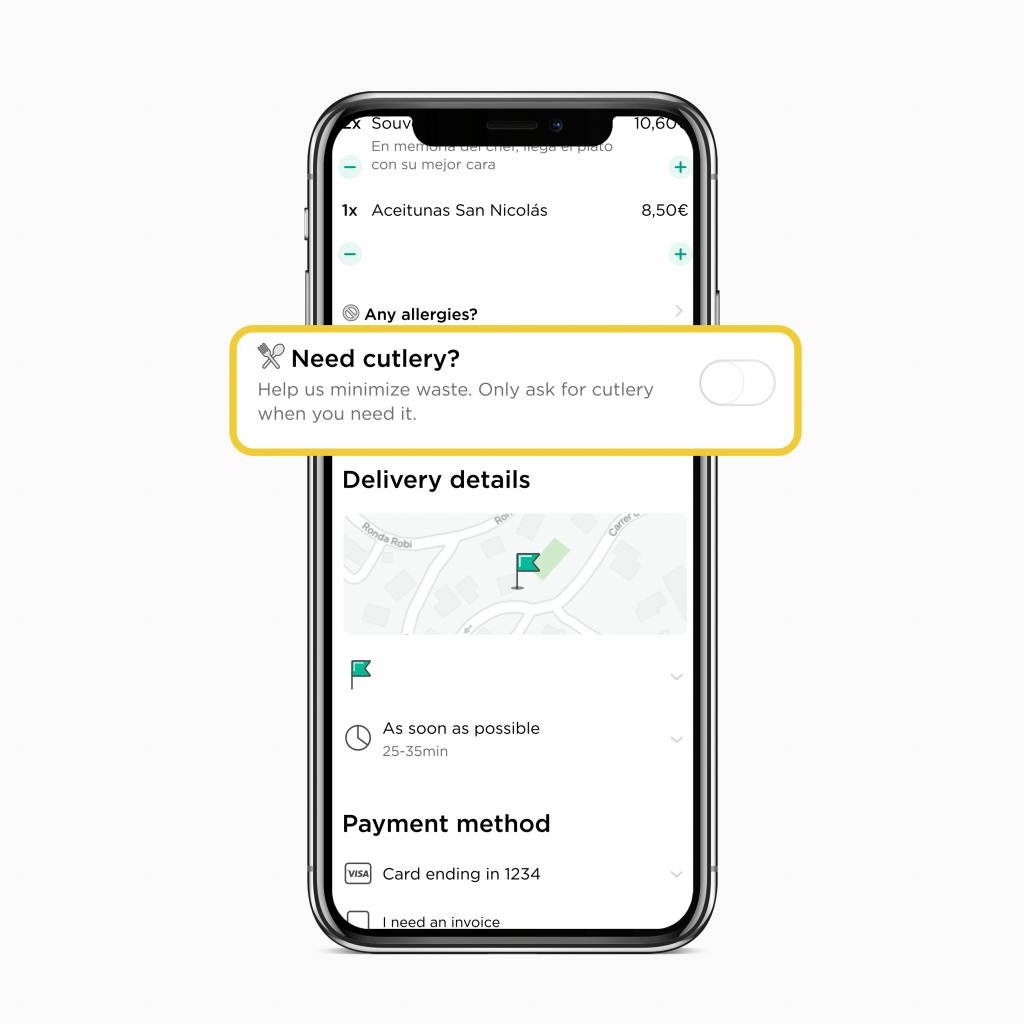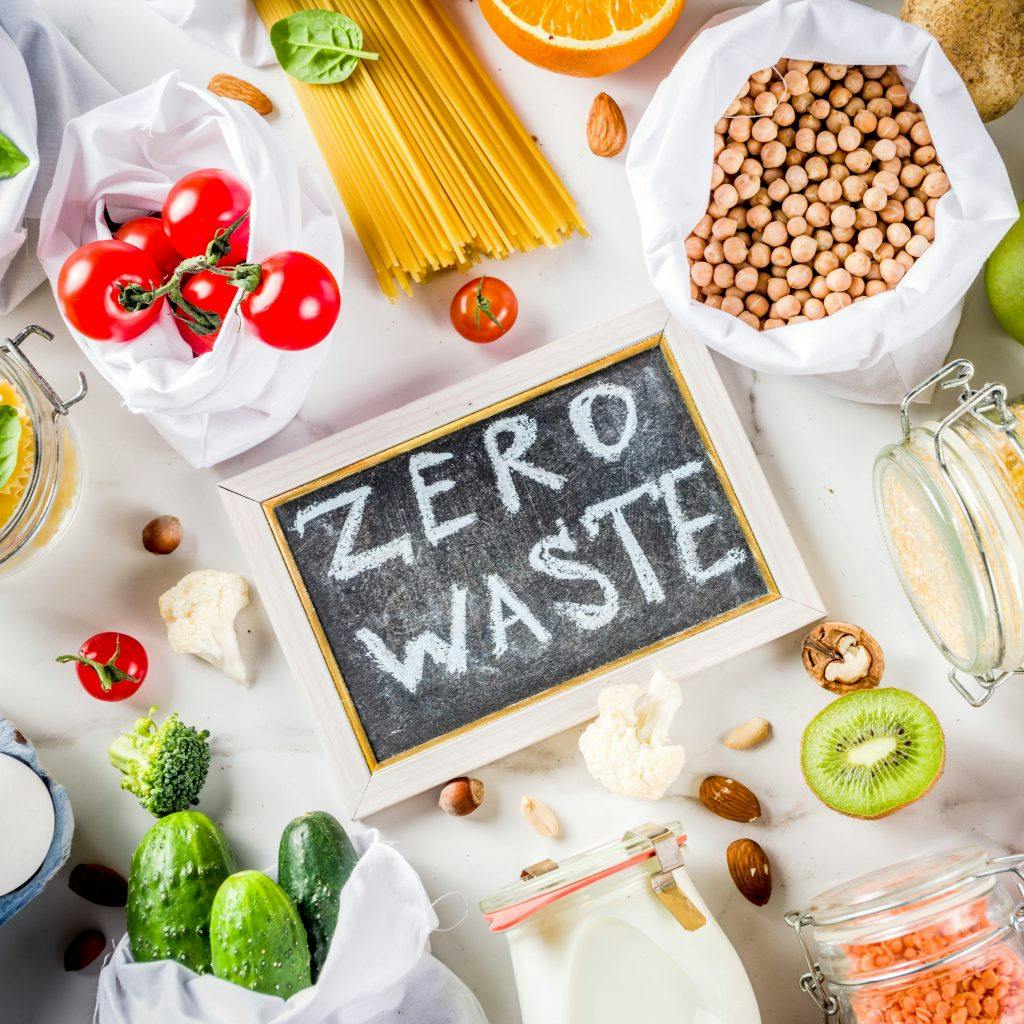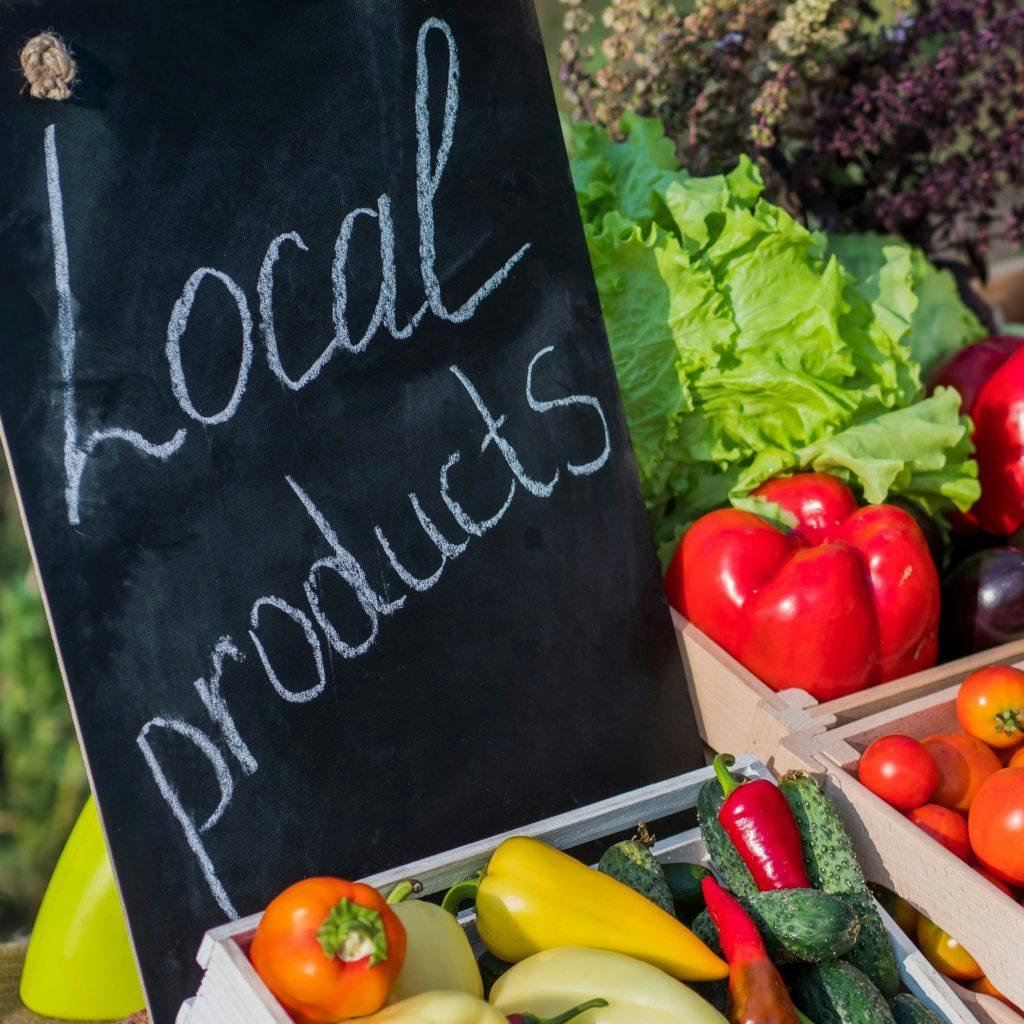
How Small Businesses Can Go Green

December is synonymous with holiday joy, family time, and lazy days spent away from the glare of a computer screen. While this month beckons a host of warm, fuzzy feelings for most, it is also the biggest buying season of the year with goods flying off the shelves before being wrapped and offered to friends, family, and those in need.
While we are in the height of consumer season, we also find ourselves at a major tipping point for the health of our planet. Just last month, the United Nations Climate Change Conference COP27 resulted in countries delivering a package of decisions that reaffirmed their commitment to limit global temperature rise to 1.5℃ above pre-industrial levels. The package also strengthened action by countries to cut greenhouse gas emissions and adapt to the inevitable impacts of climate change, as well as boosting the support of finance, technology and capacity building needed by developing countries.
Despite government promises, more and more people are demanding more effective and immediate measures, with figureheads like Greta Thunberg and various activist groups making headlines on a weekly basis. As awareness spreads and the urgency of the situation increases, the people have spoken: the time for change is now. While the challenge can seem insurmountable, each of us must adapt our everyday habits regardless of government action. While some companies choose to comply, others like Glovo choose to lead the way in the fight for sustainability both at our offices and in our offerings for our partners. In fact, based on a recent study conducted among small to medium size enterprises (SMEs) in 9 markets, we found 64% of businesses believe consumers want more sustainable choices and expect vendors to uphold their values.
At Glovo, we’ve made it easier for our partner businesses to adopt greener initiatives that are not only good for the environment, but are good for business. Keep reading to discover 6 things your small business can do to keep up with changing consumer demands.
Think twice about your packaging options
1. Switch to totally biodegradable packaging

Packing can’t be avoided in delivery, but we can make it sustainable by switching the materials and their composition. That’s why we started to bear in mind how the packaging is created, distributed and recycled. Through Glovo’s sustainable packaging offering, businesses can have access to affordable packaging sets that fit their needs to prepare them for the global trend of making business models more sustainable.
2. Reduce, Reuse, Recycle

Sometimes businesses aren’t ready to make the leap to fully biodegradable packaging but that doesn’t mean they can’t make smart choices in the types of plastics they use for packaging. Many plastics cannot be recycled so it’s important to stay up-to-date on which plastics can be recycled and work to inform and involve your customers by including more recycling bins at your in-store location with detailed instructions.
3. Don’t provide extras unless the customer asks for them

When we talk about extras, we’re talking about single use utensils, extra sauces, and a huge handful of napkins. While these extras can be useful to customers, sometimes they’re just down right unneeded and end up in the bin. When businesses work with Glovo, we make that option simple for you by letting customers directly select whether they need cutlery in their order or not.
Aim for 0 food waste
4. Reduce food waste

Food waste and loss accounts for a third of greenhouse gas emissions globally. Finding ways to reduce food waste in your businesses is not only good for the environment, but is also good for business as less waste means less money spent. By going digital and partnering with Glovo, you’ll have access to data that will help you figure out which items your customers really want and cut back on the rest.
5. Provide more local, seasonal, or even vegetarian products

Compared to 2021, our data shows that consumption of vegetarian cuisine has grown by 57%. Cutting back on meat isn’t just about eating healthier, but also translates to helping the planet. Another way to improve your supply chain is to work with more local suppliers, using Kilometer 0 products, and create a rotating menu that takes seasonal and local ingredients into account.
6. Upcycle foods instead of throwing them away

By working with 3rd party apps like Too Good to Go or programs for NGOs like Glovo Access, businesses can avoid unnecessary food waste by essentially ‘upcycling’ food that is no longer viable for their business. Engaging in a circular economy is a way for businesses to reduce their waste while supporting their local communities.
Beginning the sustainability journey for your business means igniting a spark that will have a positive impact on your customers, your neighborhood, and the planet. While there are many actions you can take, start by following these 6 steps for a better future.